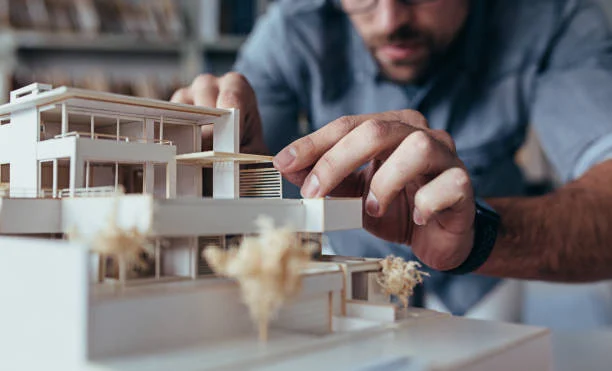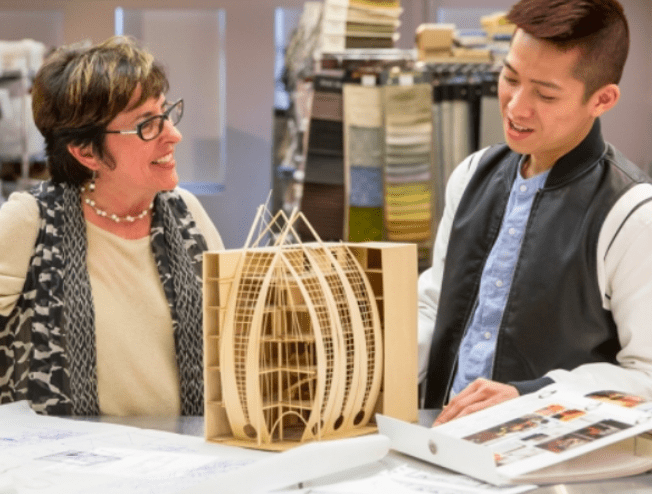In the annals of architectural history, Roman architecture stands as a testament to the grandeur and innovation of antiquity. Roman architecture drawing, a window into the past, reveals the meticulous planning, engineering prowess, and artistic flair that characterized this epoch. Through the strokes of ancient hands, we uncover the secrets of colossal structures that have left an indelible mark on the world.
Architectural Marvels Reimagined Roman Architecture Drawing
Contents
- 1 Architectural Marvels Reimagined Roman Architecture Drawing
- 2 Symmetry and Proportion The Art of Roman Architectural Drawing
- 3 Columns and Capitals Capturing Architectural Identity
- 4 From Temples to Amphitheaters Diverse Architectural Drawings
- 5 Engineering Triumphs Aqueduct and Bridge Drawings
- 6 Temporal Unveiling Roman Architecture Reconstruction Drawings
- 7 Public Spaces and Forums Civic Architecture in Drawings
- 8 Murals and Frescoes Painting Roman Architectural Ambiance
- 9 Legacy in Lines Roman Architecture Drawing Today
- 10 Eternal Echoes Roman Architecture Drawing’s Enduring Impact
Roman architecture drawing unveils a world where ambitious visions transformed into enduring marvels. These drawings, etched on parchment or stone, laid the groundwork for architectural wonders like the Colosseum, the Pantheon, and the aqueducts. Each line and curve was a step toward shaping cities that would stand the test of time.
Read Also: Crafting Tomorrow The Intricacies of Building Architecture Drawing
Symmetry and Proportion The Art of Roman Architectural Drawing
Central to Roman architecture was a devotion to symmetry and proportion. Roman architecture drawing painstakingly captured these principles, resulting in buildings that exuded balance and harmony. The meticulous depictions of columns, arches, and facades showcased the precision with which these structures were conceived.
Columns and Capitals Capturing Architectural Identity
Roman architecture drawing paid special attention to columns and capitals, the defining elements of Roman construction. The drawings showcased the intricate details of Doric, Ionic, and Corinthian columns, emphasizing the mastery with which these architectural features were crafted. These drawings captured not only the physical attributes but also the cultural symbolism embedded in these elements.
From Temples to Amphitheaters Diverse Architectural Drawings
Roman architecture drawing spanned a spectrum of building types. Temples, bathhouses, amphitheaters, and basilicas found their form on paper before rising from the ground. These drawings communicated not only the structural details but also the functional aspects that made these spaces integral to Roman society.
Engineering Triumphs Aqueduct and Bridge Drawings
Roman architecture was as much about engineering as it was about aesthetics. Aqueducts and bridges, vital to Roman infrastructure, were documented meticulously in drawings. These blueprints depicted the innovative engineering techniques that enabled the transport of water and the creation of monumental spans.
Temporal Unveiling Roman Architecture Reconstruction Drawings
In the absence of intact Roman structures, reconstruction drawings have been crucial in unveiling the past. These drawings piece together fragmented remains and historical records, offering glimpses of what once stood. Through these visual narratives, we gain insight into urban landscapes that have long since transformed.
Public Spaces and Forums Civic Architecture in Drawings
Roman cities were marked by expansive public spaces and forums that served as the heart of civic life. Roman architecture drawing captured the layout of these spaces, showcasing the arrangement of temples, administrative buildings, and statues. These drawings offer a portal into the daily interactions and rituals of Roman citizens.
Murals and Frescoes Painting Roman Architectural Ambiance
Beyond architectural blueprints, Roman architecture drawing extended to murals and frescoes. These paintings adorned walls, depicting scenes of architectural splendor, gardens, and mythological narratives. Through these intricate artworks, we gain insight into how the Romans envisioned their buildings within the broader context of their surroundings.
Legacy in Lines Roman Architecture Drawing Today
The legacy of Roman architecture drawing continues to resonate in contemporary architectural education and practice. Modern architects study the precision, symmetry, and engineering techniques evident in these ancient drawings. The principles of proportion and harmony, embodied in Roman architecture, remain touchstones for architectural design and aesthetics.
Eternal Echoes Roman Architecture Drawing’s Enduring Impact
Roman architecture drawing stands as an echo of a civilization that shaped the course of history. In each line and detail, we find echoes of innovation, cultural expression, and engineering excellence. As we study these drawings, we pay homage to a legacy that has left an indelible mark on the architectural landscape, igniting inspiration and admiration for the grandeur of the past.













